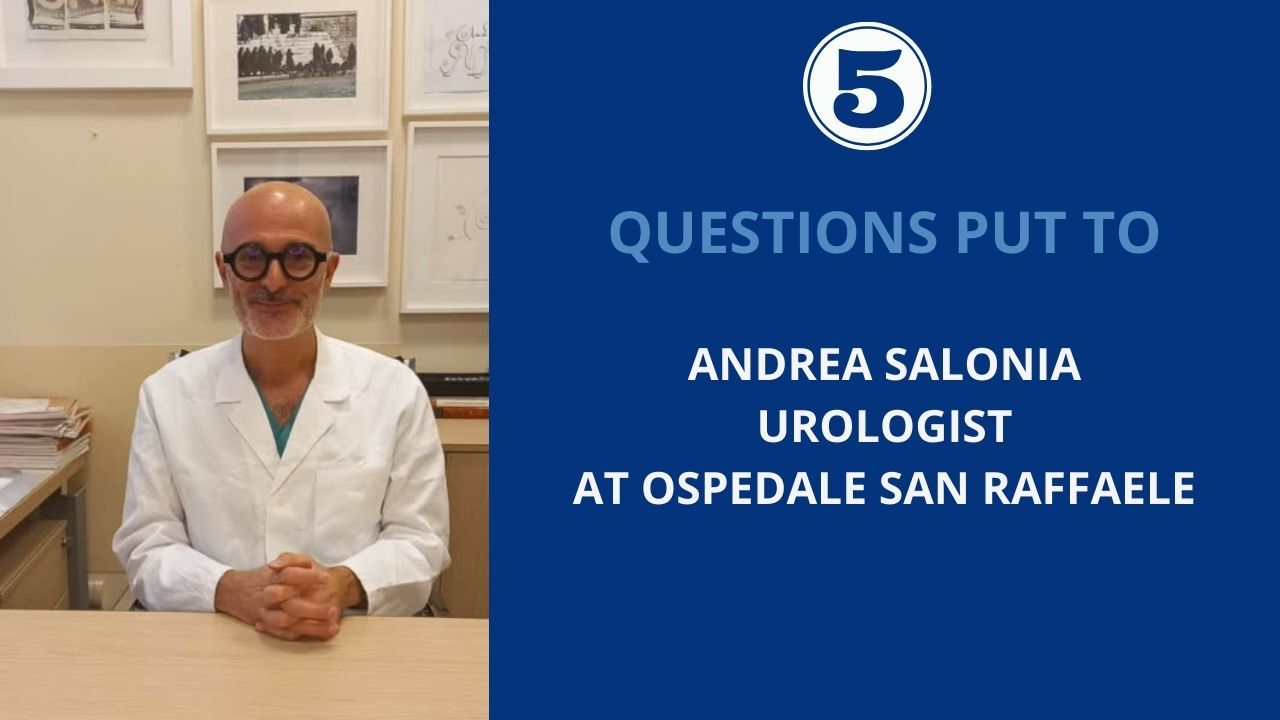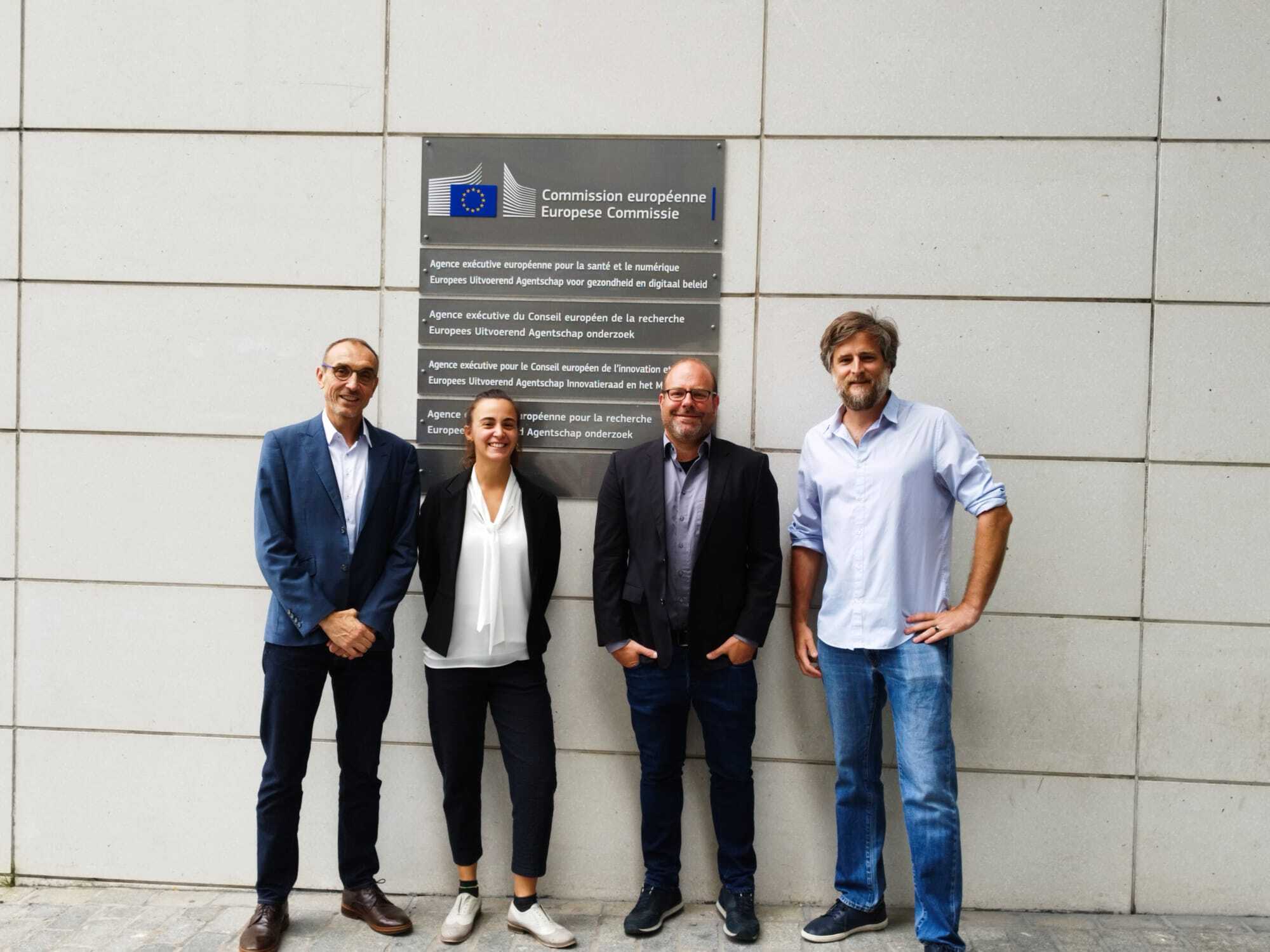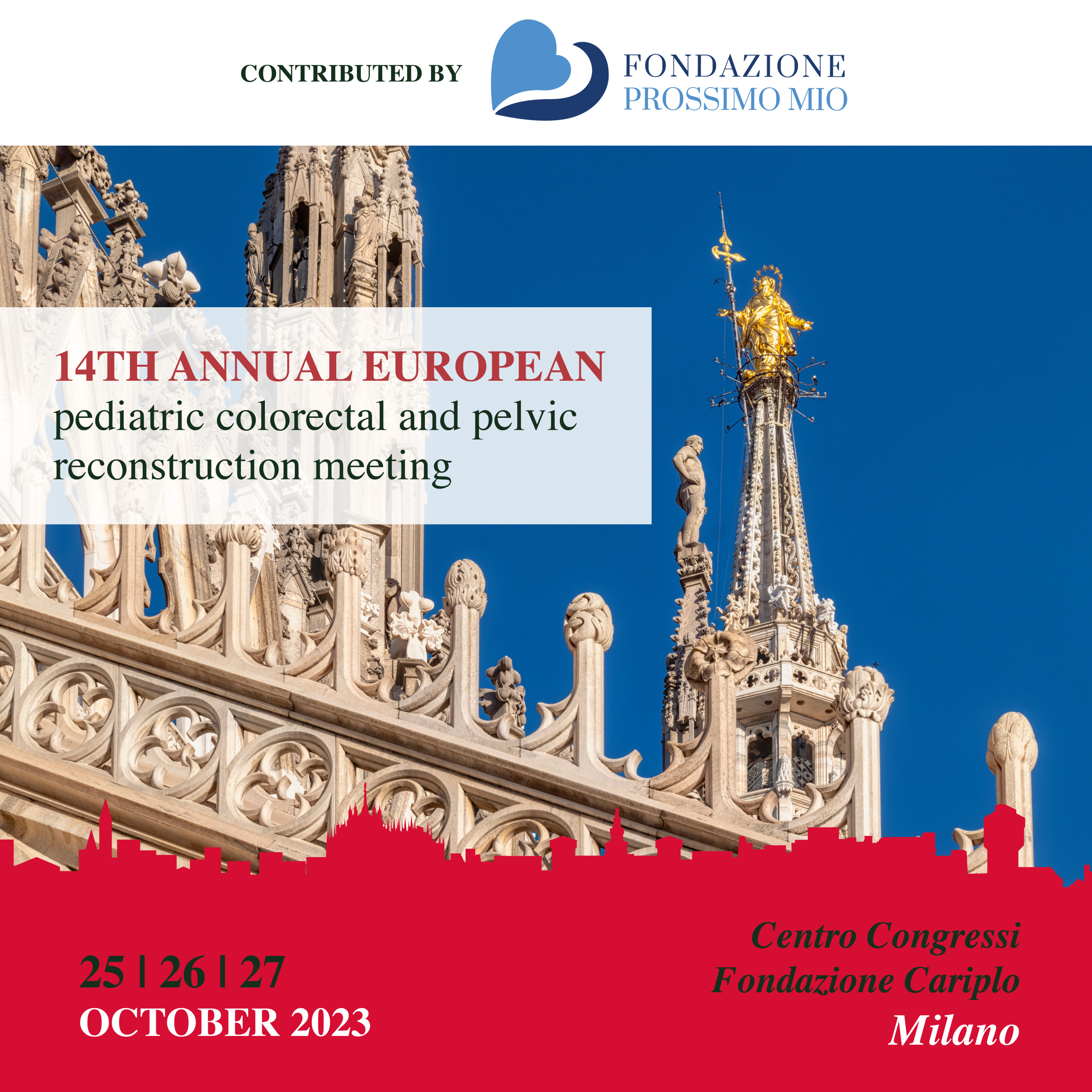5 QUESTIONS PUT TO ANDREA SALONIA

We interviewed Professor Andrea Salonia, Full Professor of Urology at the Università Vita-Salute San Raffaele; a specialist in urology and in endocrinology and metabolic diseases in men; a urologist at the Unità Operativa di Urologia at the IRCCS Ospedale San Raffaele, where he is also the coordinator of the healthcare area for andrology; and the director of the URI-Urological Research Center, the official institute for translational research at the IRCCS Ospedale San Raffaele.
1) What is the URI?
AS: The URI, the Istituto di Ricerca Urologica (Urological Research Institute), is a unique, special, and marvelous place from many points-of-view, and is the merging on the one hand of our clinical side, that is, as doctors dedicated to sick people and their pathologies, and on the other hand of our being completely dedicated to translational research, both in the fields of urology and andrology. The research that we do here is called “translational” because, starting from the needs of patients, we trace backwards to study the mechanisms of the illness/diagnosis/forms of therapy, and once these are better understood, then we return with everything we have learned to the needs of patients. This was made possible thanks to the merging of two spirits, one highly medical and one highly dedicated to research, as well as – in this context of doctors/urologists – that of those who are pre-clinical researchers, who are prior to the doctor’s office and the care of the patient, in order to furnish a different point-of-view. In this context, we are able to dedicate ourselves to oncological pathologies (which, in the field of urology, are mostly tumors of the prostate, kidneys, bladder, testicles, and penis) and to non-oncological pathologies (such as sexual medicine, reproductive medicine, the upper urinary tract, and calculosus of the kidneys and urethra), as well as to functional problems such as those that characterize patients with neurological problems (for example, multiple sclerosis), or problems that are more typical of the aging male (for example, an enlargement of the prostate with a series of problems urinating). Overall, the URI is a particular place because it harmoniously merges knowledge found in the pre-clinical ambit dedicated to basic research and knowledge/needs in the clinical ambit, by definition much closer to patients’ beds. This is unique in Italian territory, and is one of the few realities of this kind in Europe, if not in the whole world.
2) Would you please talk to us of the GATE1 project, which is also sponsored by the Fondazione Prossimo Mio?
AS: One of the main themes to which we have dedicated ourselves in these last years is testicular pathologies. Testicles are an organ that is underestimated by many. From a practical standpoint, the last visit that young men had of their genitals was during the famous three days of the military draft. Since the draft is no more, this has robbed these young men of being visited just after their adolescent pediatric age. This is more important than it seems because testicular tumors are the most significant type of tumors in men between the ages of 15 and 35. It certainly is rare in epidemiological terms because it involves no more than 2-4% of urological tumors, but it seems even more rare because there is a socio-cultural taboo against getting one’s external genitals examined. So, Progetto GATE1 is of enormous importance because its goal is to study the illness from a genetic point-of-view – it’s this that makes the project unique from the standpoint of research – and not just of those struck by the illness, but also of their parents (because it is from them that the genetic patrimony is inherited), as well as of their brothers, if there are any. This is because we asked ourselves if there is a kind of path leading to a greater probability of developing a tumor, but above all to the probability that a boy with a tumor in one testicle has to develop a tumor in his other testicle, whether synchronously or metachronously, and as such occurring years later. In fact, we have patients who developed the pathology ten or more years later. Principal goal: to be effective in attempting to develop prevention strategies that focus more attention on those men who have a greater chance of developing a contralateral pathology than on those who don’t. The idea is also to put the resources of our national healthcare system where they can be most effective, and so improve the possibilities of therapy in an objectively efficacious way.
3) How should prevention be done in order to protect ourselves from these pathologies?
AS: In male circles, prevention is rarely spoken of. If we had to render a judgment on how much the traditional media (print, television, and radio) as well as more recent media (social) dedicate attention to health, undoubtedly we would encounter – please permit me to use the term – a sort of “ghetto-izing” in reverse, that is, there’s a lot of attention paid to prevention for women, such as for breast tumors, but there is very little paid to prevention for men. In terms of prevention, a greater attention needs to be paid to men’s external genitals, and thus testicles, penis, inguinal areas and the scrotum, men’s breasts, and the prostate.
The first sign of alarm is something common to men and women: hematuria, that is, the presence - visible to the naked eye – of blood in the urine. By definition, prevention leads us to need to do an ultrasound of the abdomen in order to intercede early – defining this as a kind of secondary prevention – in all those cases in which the hematuria could be the expression of a tumor of the bladder or the kidneys, especially in those who are light or heavy smokers, or those who have worked in a context with a lot of chemical substances, for example, paint.
The second element of prevention is at all ages a self-examination of the testicles. We usually describe the testicles in a healthy state as a kind of medium-sized olive and of the consistency of a water balloon that isn’t completely full. When the testicles no longer have these characteristics, or if there is a bump, a kind of lump as hard as wood, it’s a very important sign, and needs to be called to the attention of a doctor, or better yet a specialist in urology.
Then, it’s necessary to practice prevention regarding the themes of sexual medicine, especially regarding all the risks tied to sexually transmitted diseases, which have amply reappeared from an epidemiological point-of-view. We thought, in fact, that a disease such as syphilis had pretty much disappeared, but today it has re-exploded in various contexts. Prevention means helping our boys, youths, adolescents, and young adults to protect themselves, avoiding promiscuous relationships, and promoting the use of contraceptives that are also a barrier, such as condoms. Still talking about sexually transmitted diseases, another important aspect is the prevention of the appearance in both males and females of the so-called condyloma, that is, the famous papilloma virus. This last one, in reality, needs an important prevention effort with dedicated vaccination campaigns. While these campaigns of education for prevention and early diagnosis see a certain part of the female population follow them, their importance is less often stressed to the male population, and above all it is extremely infrequent that young adolescents get HPV vaccinations.
Lastly, anatomical prevention is no less important. It’s typical to encounter young adults or older adults that have anatomical problems related to the penis, which, in reality, would have merited prevention of even a textbook kind at a pediatric age, or even surgery. A striking example is phimosis.
Regarding reproduction, an early diagnosis is necessary for a varicocele, which is a dilation of the veins above the testicle, most often on the left, which is associated with the possibility of an impoverishment of the production of sperm, and, therefore, more frequently associated with male reproductive problems. Varicocele is, in fact, a not indifferent risk factor in a couple’s infertility.
A final aspect tied to prevention is one that is, by definition, urological, and which, in other terms, means “let’s prevent the risk of prostate tumors.” A unique male biomarker exists that is called a prostate specific antigen (the famous PSA) that, thanks to a blood exam, allows us to evaluate the risk of prostate tumors, even if this protein is organ-specific, and not disease-specific. Once the level of PSA in the blood is tested, it’s necessary to go to a urologist, who will be able to combine the two types of information – clinical and biochemical – in the best way, and who will suggest the most suitable strategies for prevention and diagnosis.
4) Why did you decide to become a urologist?
AS: The fact that I decided to become a urologist is quite intriguing because it’s very tied to the project that Fondazione Prossimo Mio is supporting for the URI. During my university years, I was a general medicine student, and so was studying completely different subjects. I decided to become a urologist when a very dear friend of mine discovered quite by chance that he had a testicular tumor. After this, he underwent an important campaign of surgery and chemotherapy. In that moment, I decided that testicles in all their forms would be the fulcrum of my study and of my professional growth, so since then I have dedicated myself in many ways to testicles: from the points-of-view of oncology, hormones (which have their aspects tied to sexual medicine and to reproduction), and of socio-demographics because prevention campaigns about testicles have always been something that interested me.
What I tell my students is that, in reality, before becoming a specialist one is a surgeon, and this doesn’t mean just a vocation, but to be something from a professional point-of-view, that is, to have the capacity of listening to the needs of the patients, and the capacity to elaborate what they mean to say, then to use that in a further practical re-elaboration, in order to help people with problems. Male distress tied to health has been the fulcrum of my interest during the last three decades. Those suffering from testicular problems are even more greatly distressed because it always concerns an area that is a bit taboo for us. This is the reason for which I became a urologist.
5) What does it mean to be a doctor and a writer?
AS: Why a doctor becomes a writer, I don’t know. How many doctors were important writers? Really lots! I love to read; I always suggest re-reading the important book, Journey to the End of Night, by Louis-Ferdinand Céline, who was a crazy, but visionary, doctor. That book was fundamental for me. There have been lots of other doctors who have written books, even in more recent times. I began to write because it was a panacea for many problems in a particular moment of my life in which, from an emotional point-of-view, there was the need to find something beyond the professional sphere. That sensation came to me full of my love of reading and, indeed, my love of writing.
What does it mean to be a doctor-writer? It means having developed a capacity to interpret signs and symptoms in a way that goes beyond the ordinary. This is what I experience because it’s much easier as a writer to gather the fine facets of character and the fine facets of the expressive means of sick people, certainly much more than it was easy for me to do it as a doctor because the writer helps the doctor, but at the same time the doctor strongly aids being a writer. Without a doubt, in fact, all the knowledge tied to medicine, but above all to meeting people, happens more frequently for a doctor, for a clinician. If we want to be completely sincere, it’s much more interesting as a doctor. The characters that I develop as a doctor enter into my being as a writer in all their forms, from their simple words to their character and personality traits. Therefore, today I believe that it would be very hard for me to be just one or the other, without the one overlapping strongly with the other. So, if I have to be honest, I couldn’t think, anymore, without these two spirits that distinguish me, and maybe even torment me at the same time! Anyway, in the end, I’m very happy with being this way.
Thank you.

